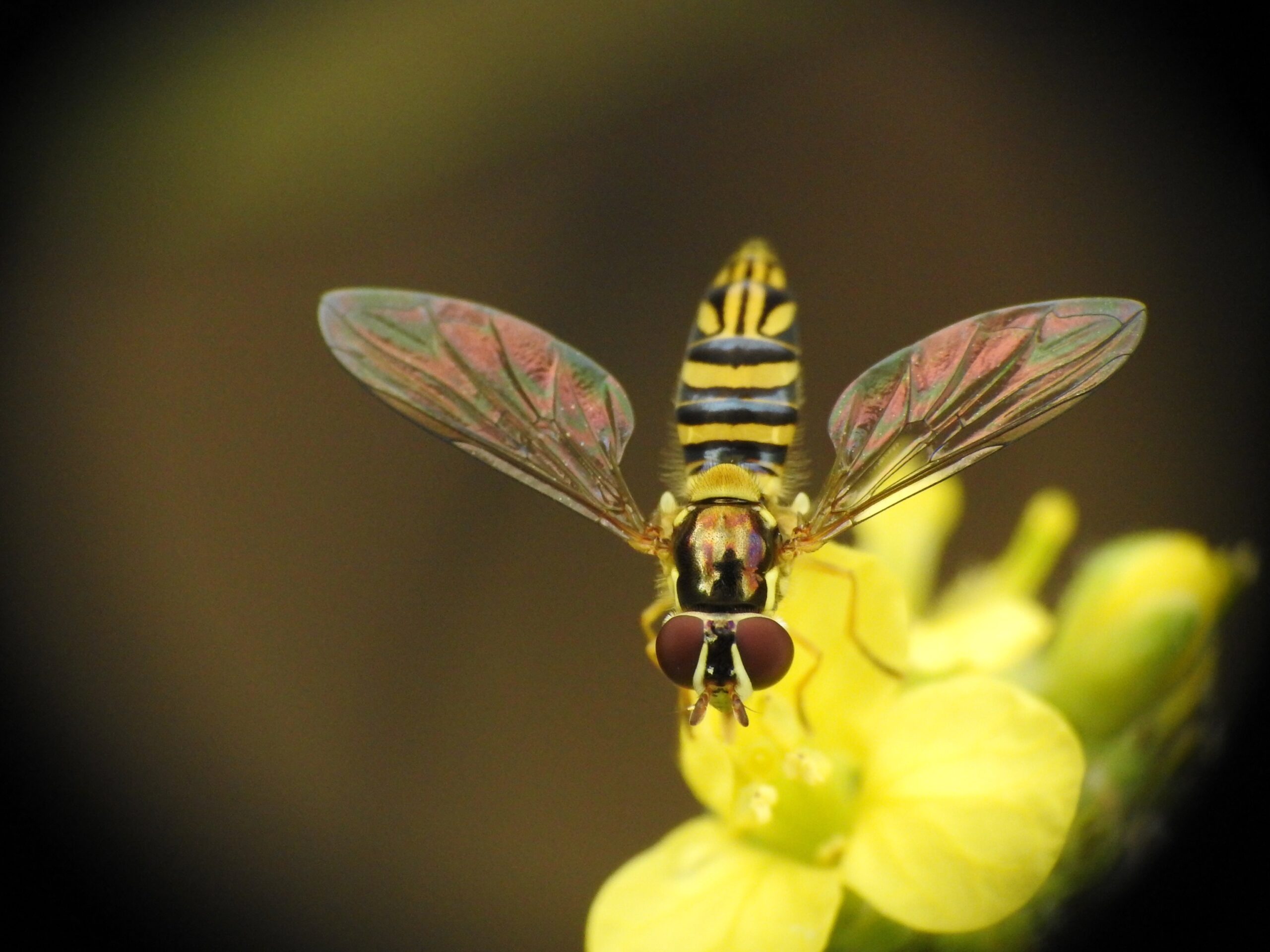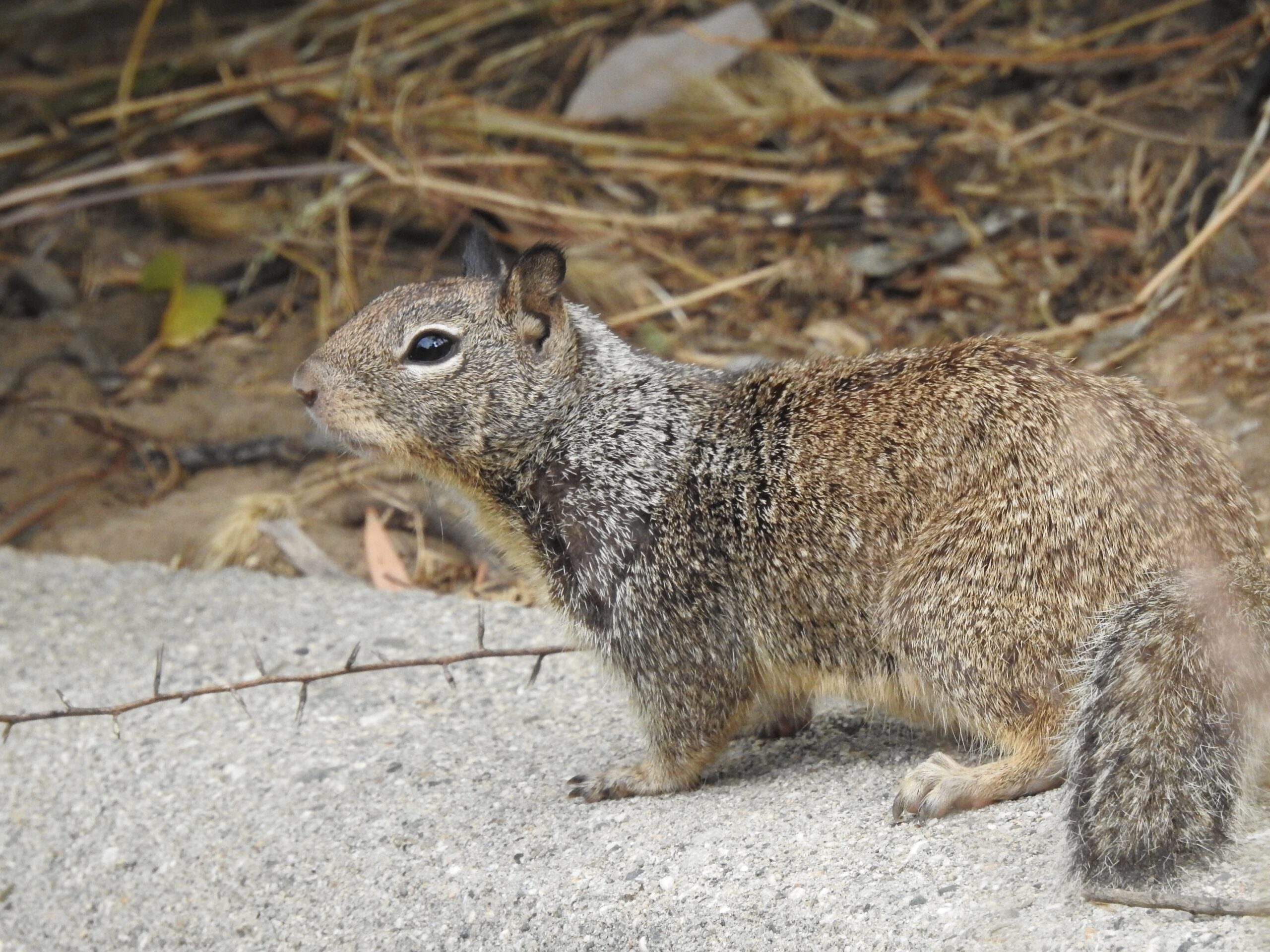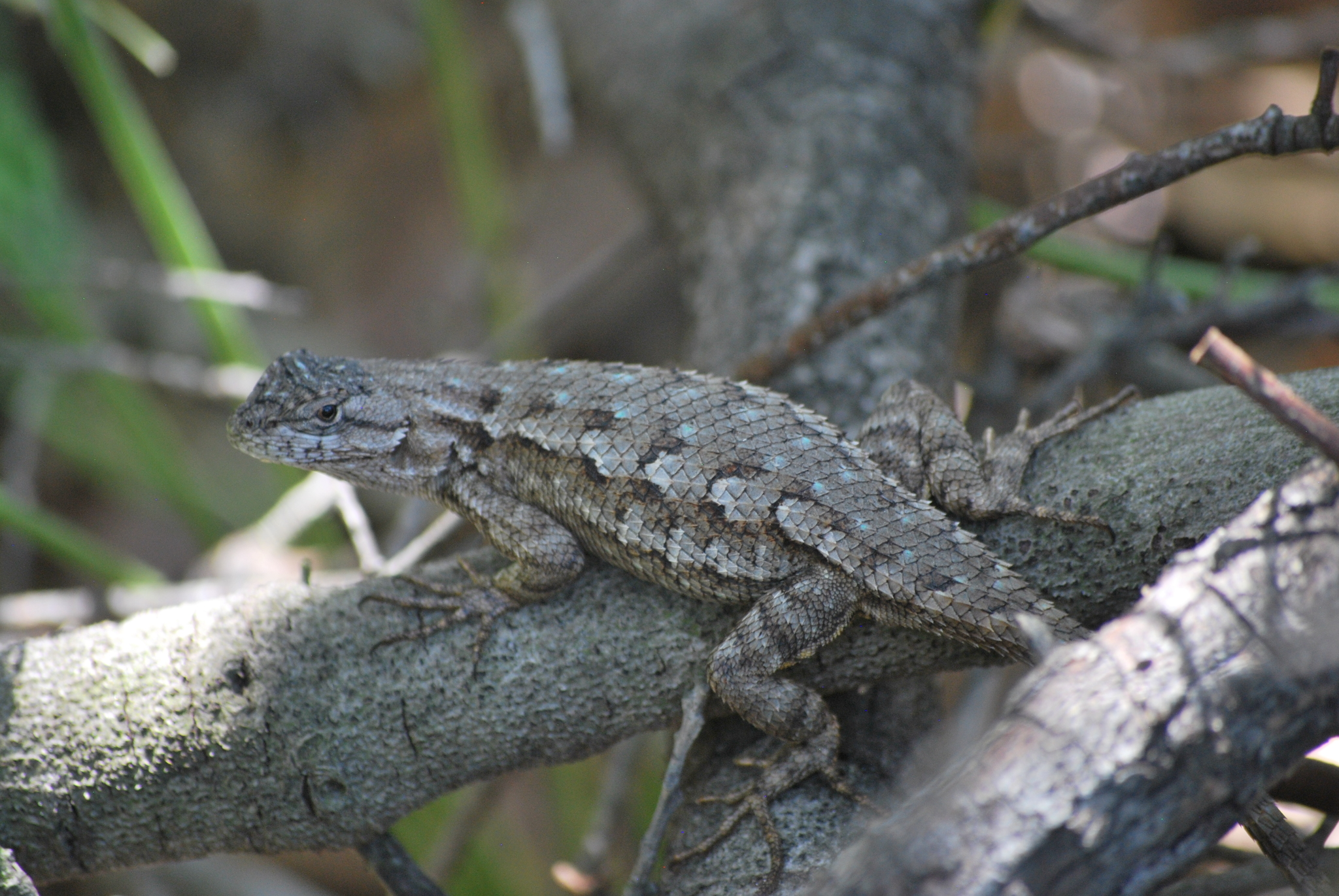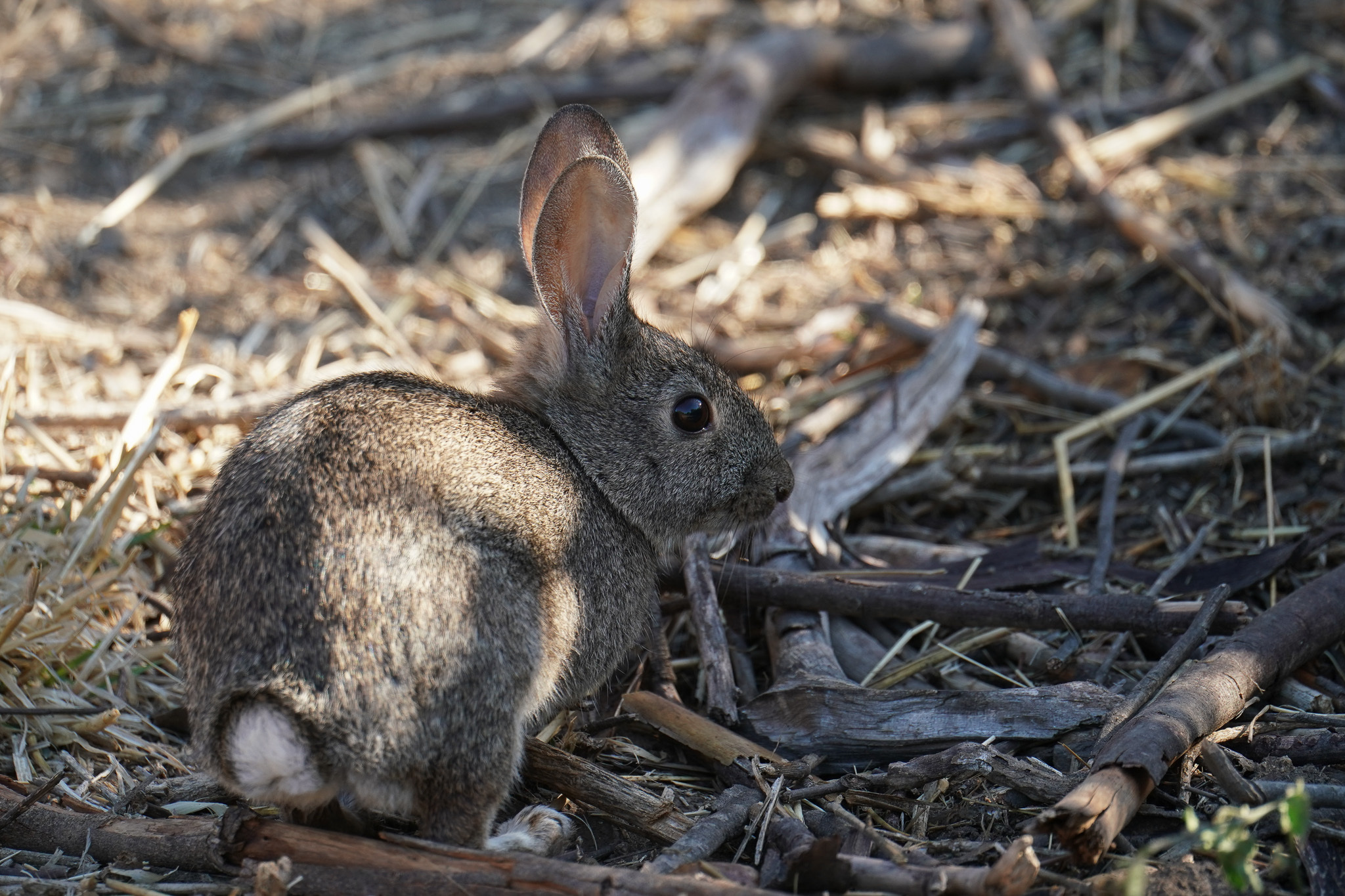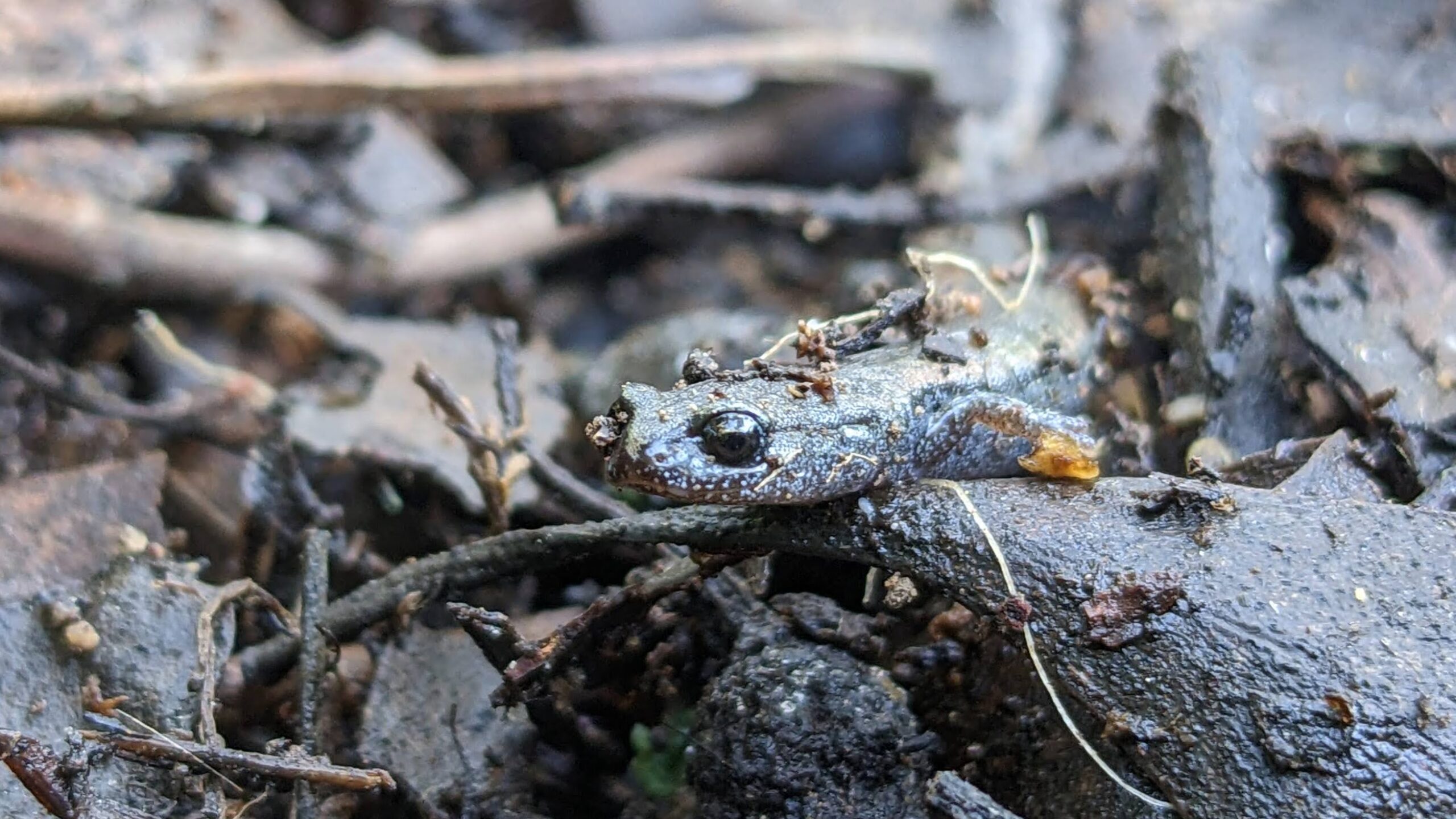Sage Hill
Biodiversity
Before the UCLA campus was developed, this part of Los Angeles was home to a mix of grassland, oak woodland, wetland, and coastal scrub habitats. These ecosystems provided habitat for a high diversity of plants, birds, mammals, reptiles, amphibians, fungi, and invertebrates. While some of the original biodiversity of this area was documented by UCLA students and staff in the first half of the 20th Century, many species were undoubtedly overlooked. By the 1960’s, only a few patches of native habitat were left on campus at Sage Hill and Stone Creek Canyon.
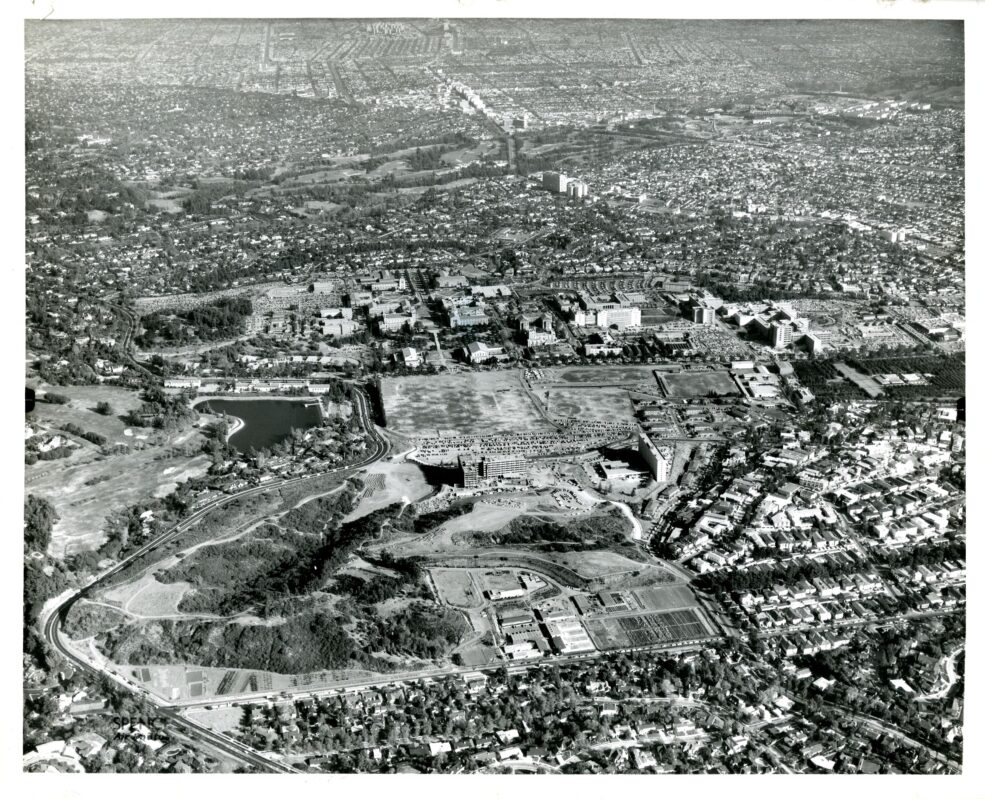
We have compiled the species lists below using historical herbarium records, a 1968 thesis published by Alice M. Vogel, “The Coastal Sage Biological Assessment (1997)”, “419 Acres: UCLA’s Natural History” by Dr. Travis Longcore and Catherine Rich, the UCLA “Campus Plants” webpage by Dr. Wayne Dollase, “Birds of the Campus” by UCLA professor Loye Miller, and observations from iNaturalist and eBird.
Sage Hill Vascular Plant List

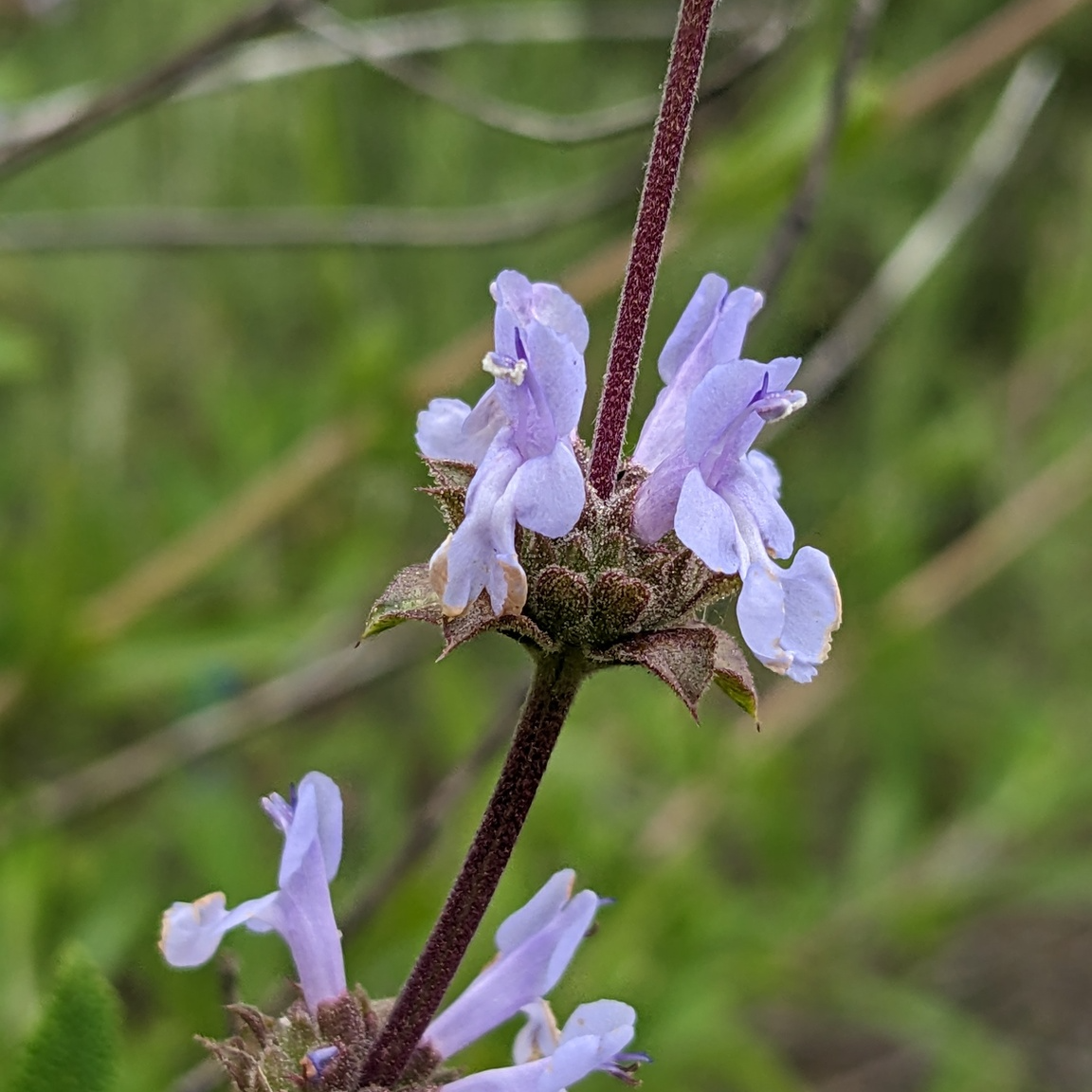
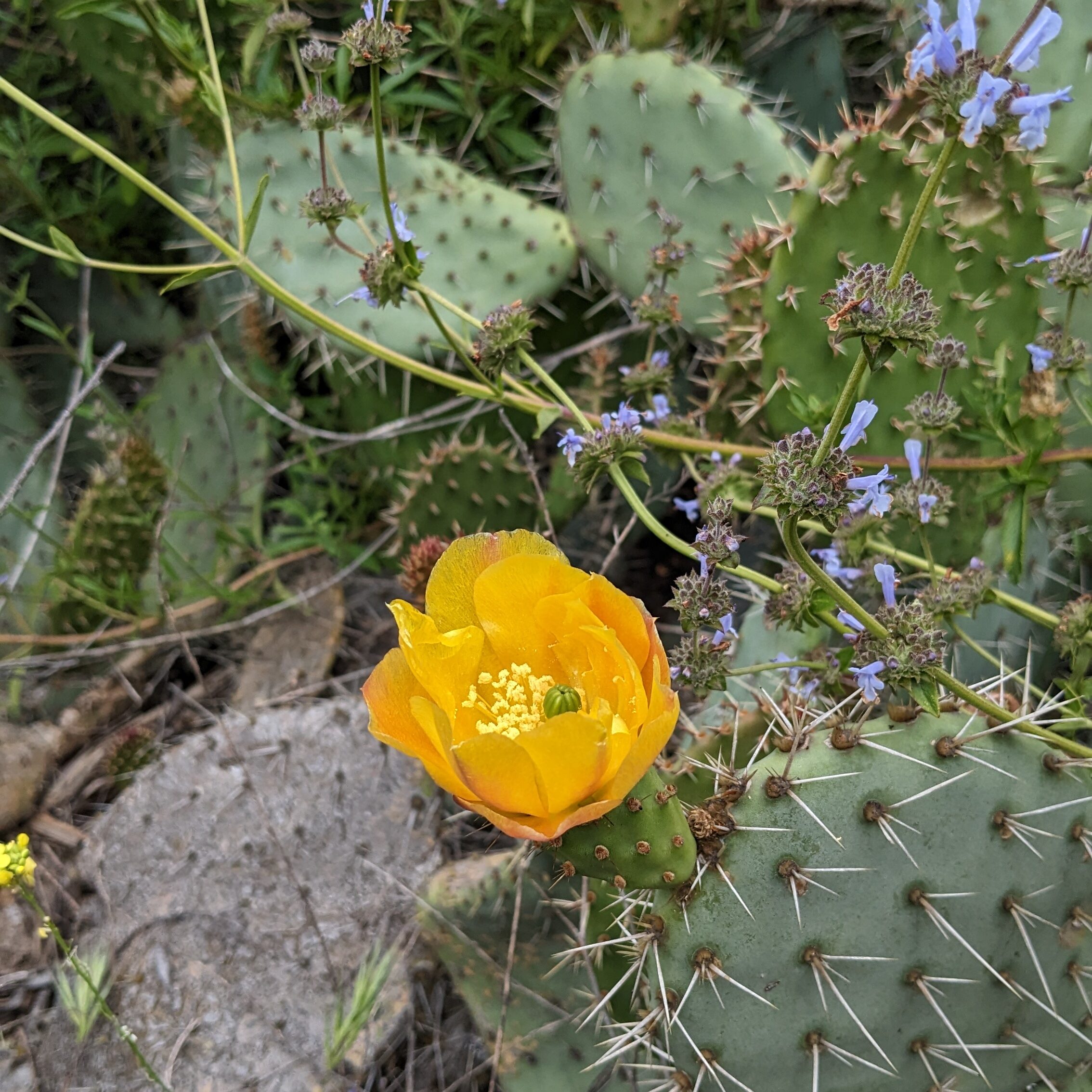
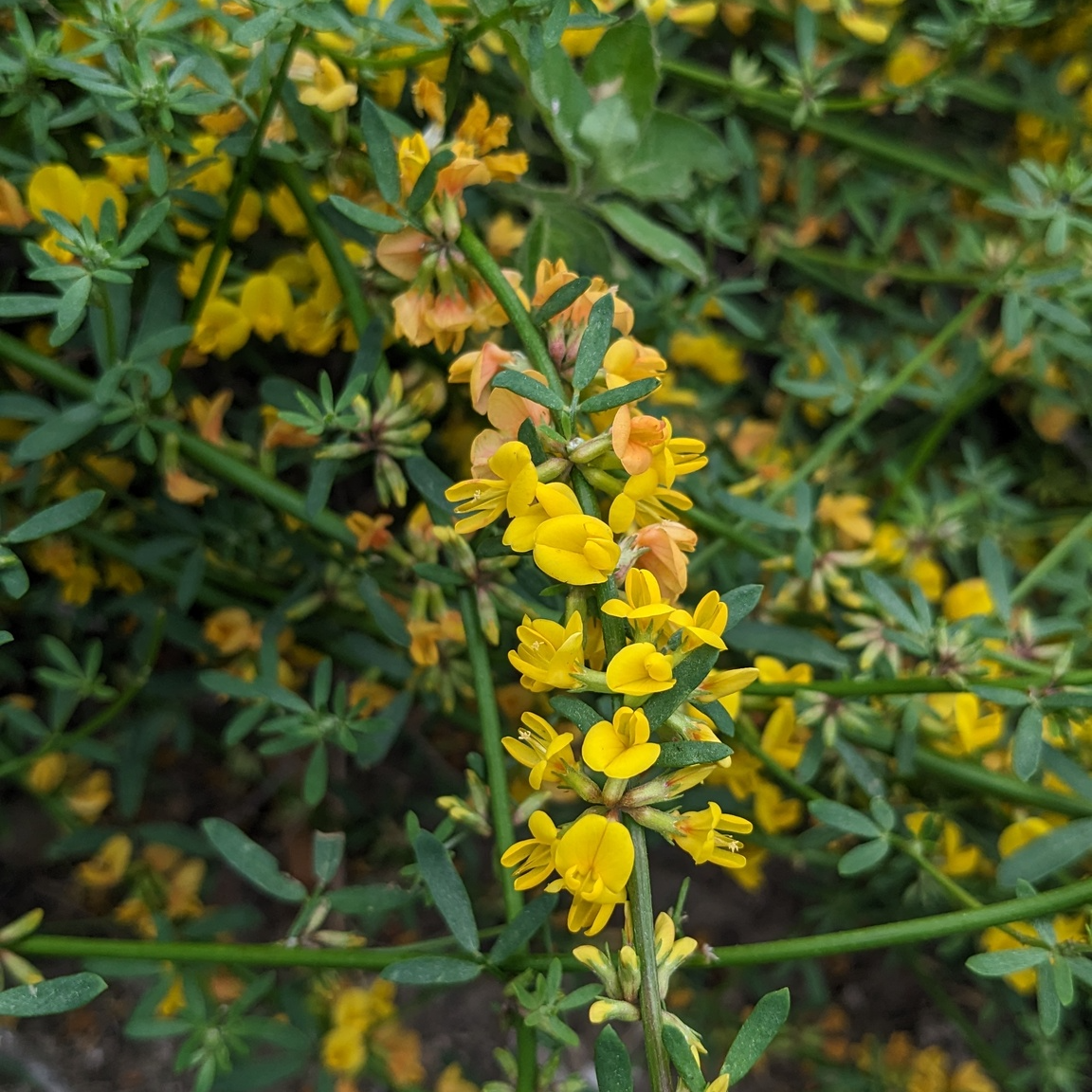
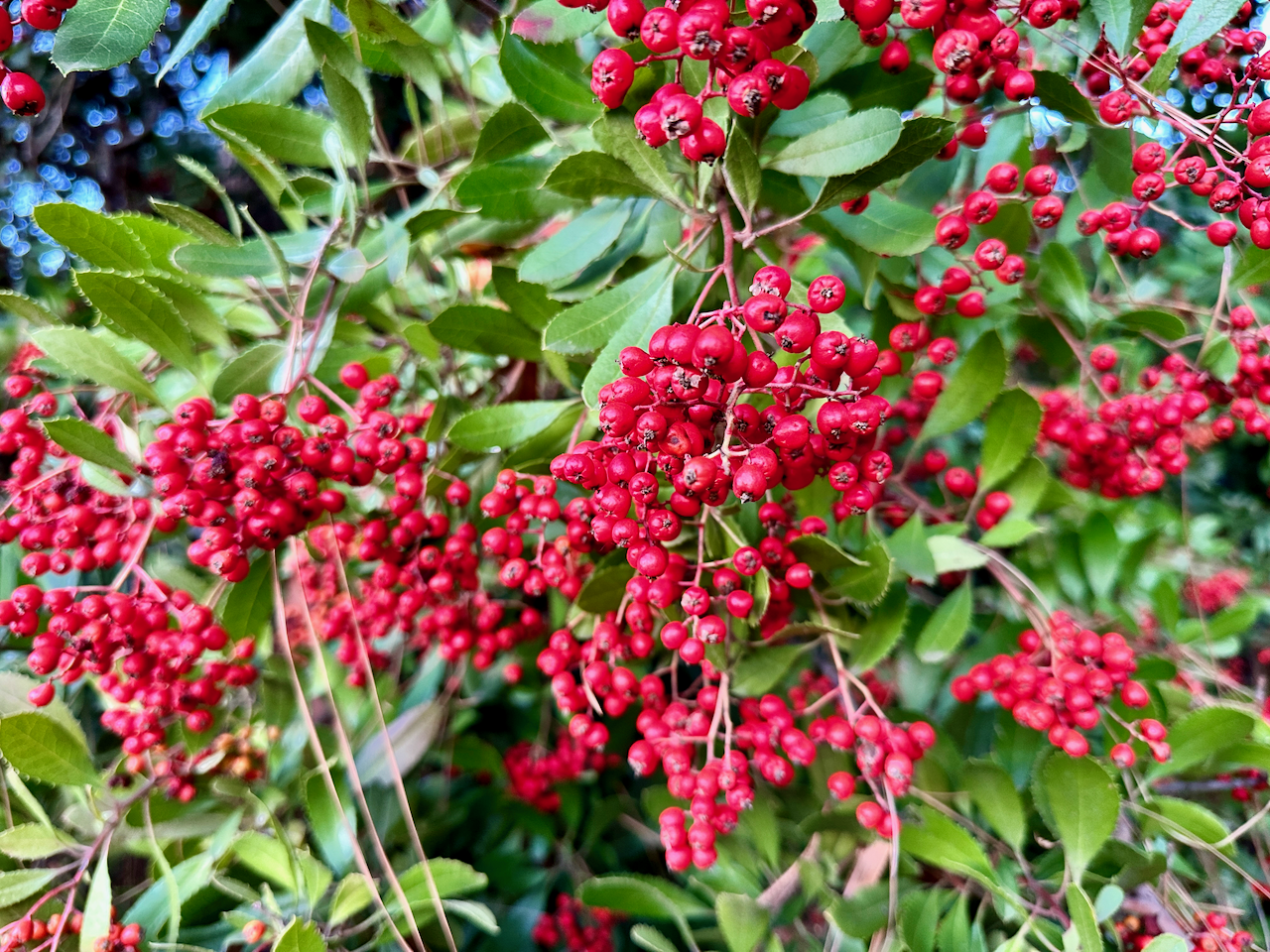
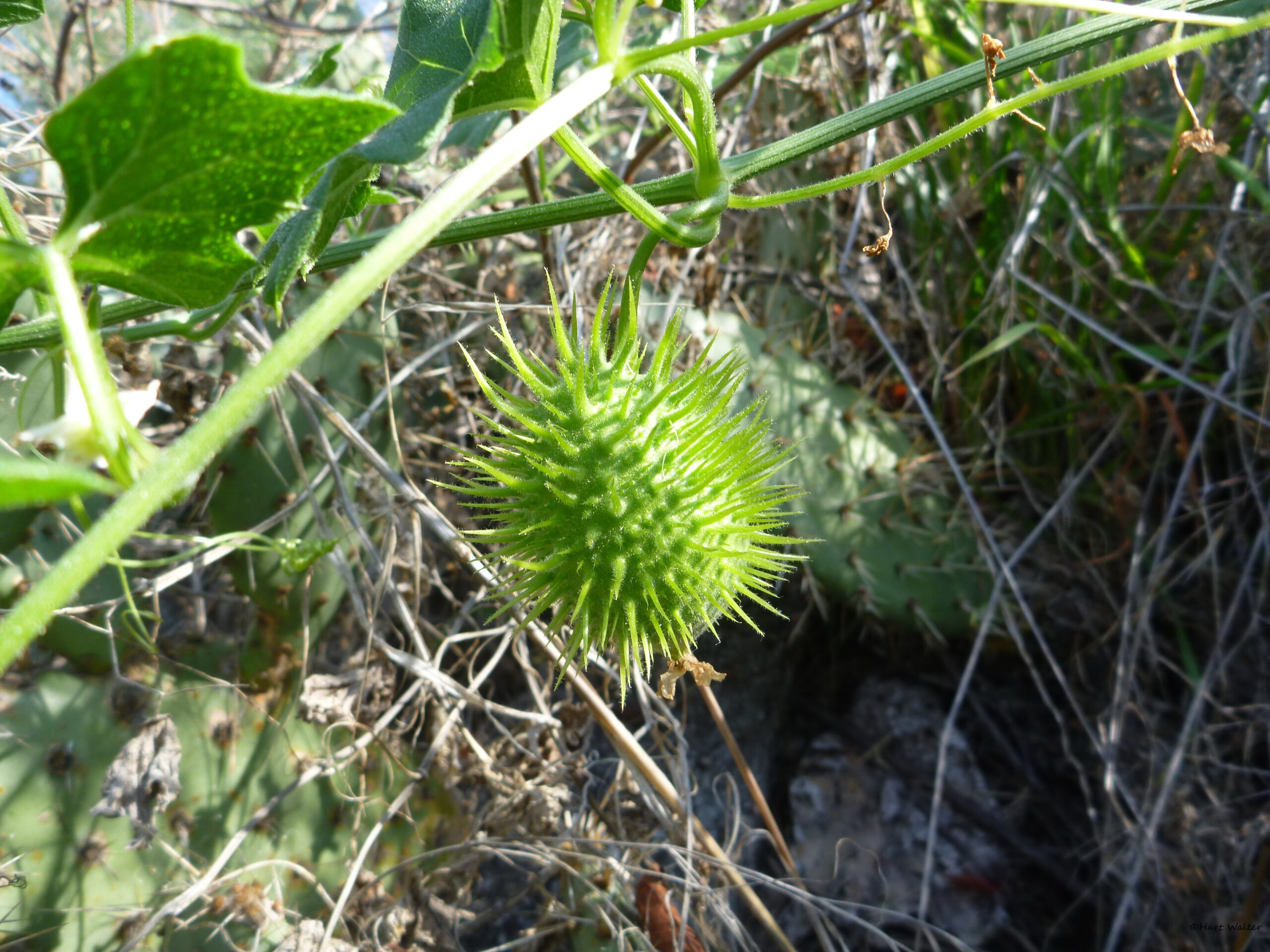
This plant list draws from the Vogel thesis, the 1997 Coastal Sage Biological Assessment, historical herbarium records, UCLA “Campus Plants”, and iNaturalist records. This list includes herbarium records from the 1920’s-1960’s from NW campus, which at the time was undeveloped and referred to as “Faculty Hill” or “Faculty Ridge”. It is impossible to know how many of these species grew within the area we call Sage Hill today but they are included for completeness.
Sage Hill Bird List
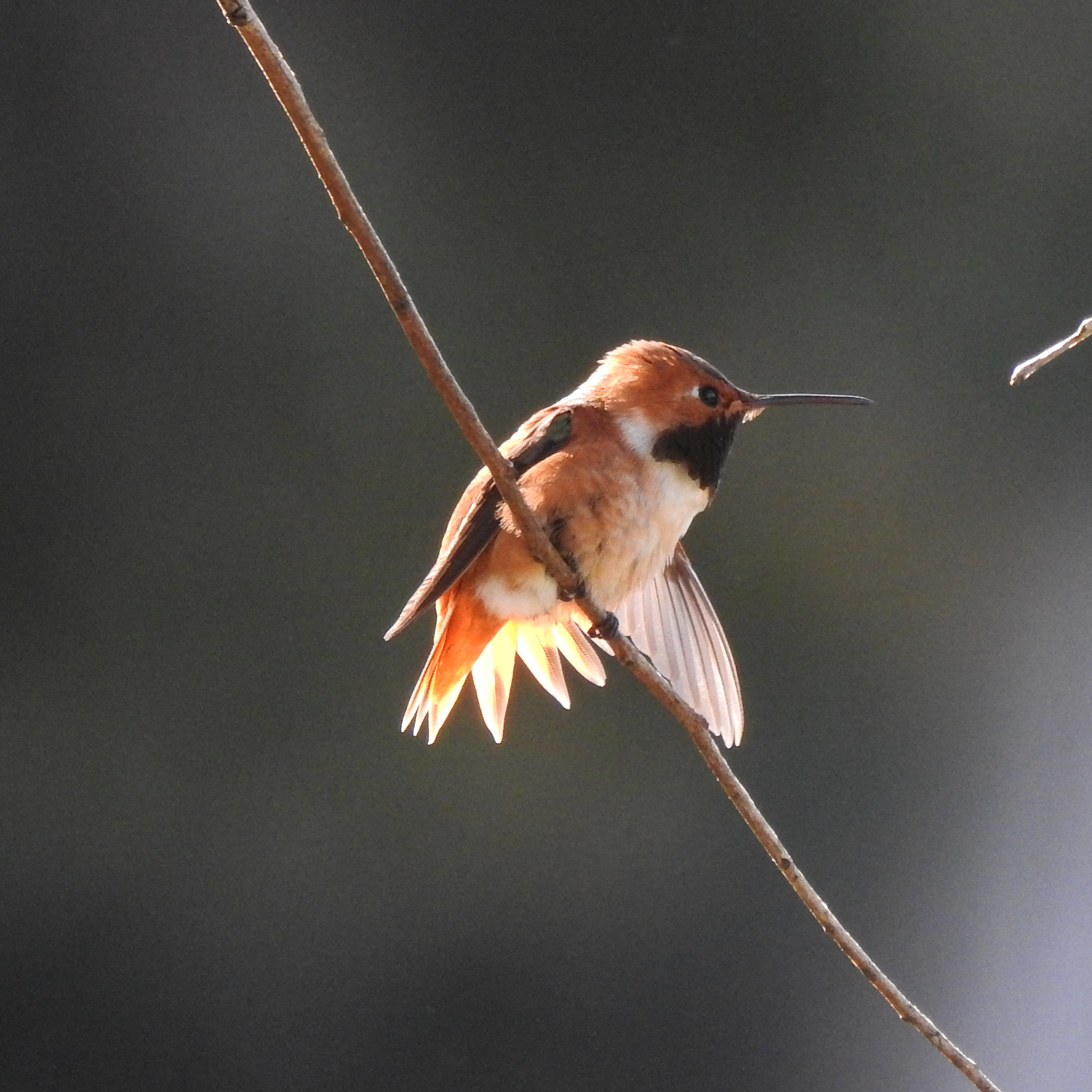
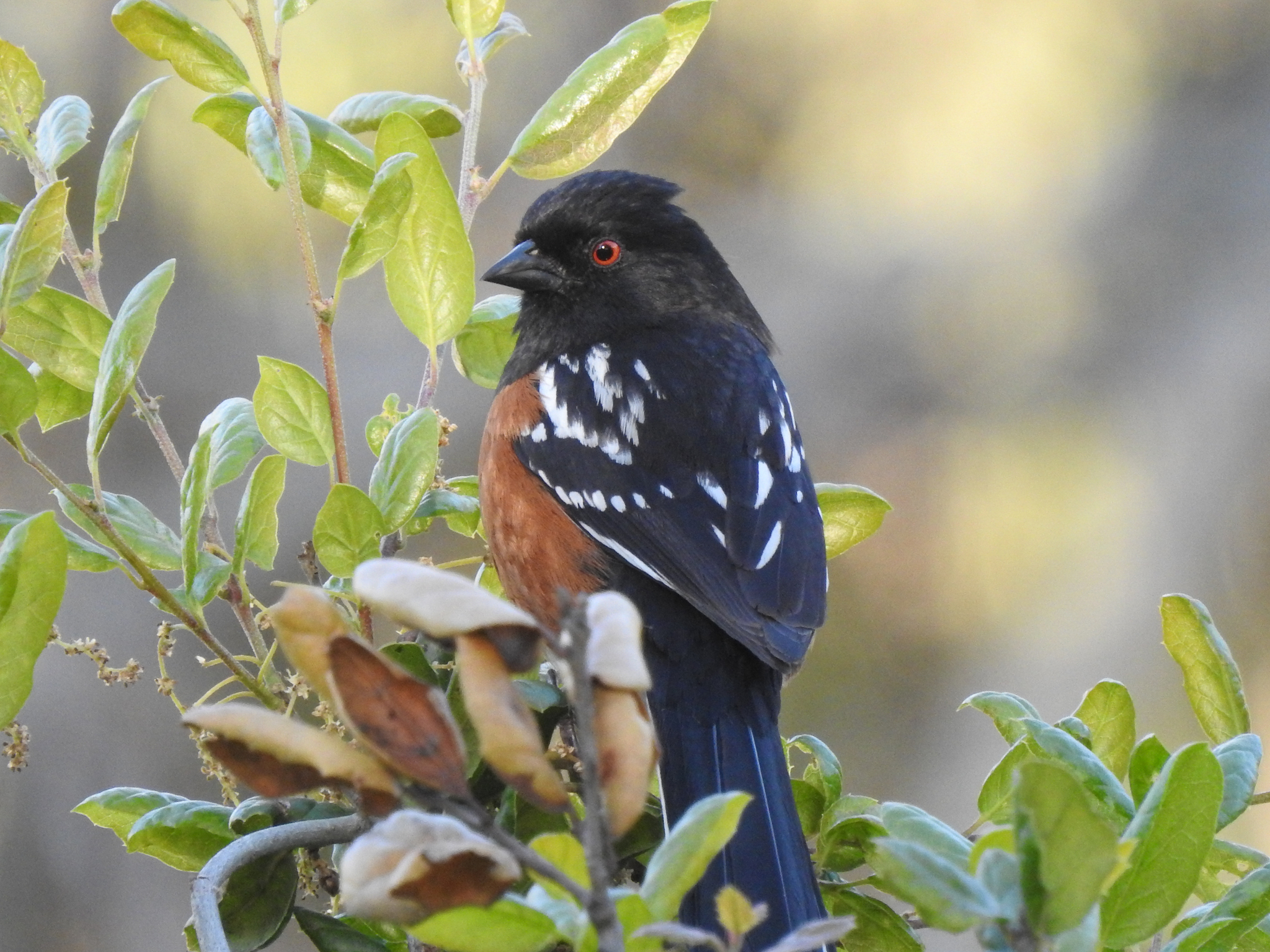
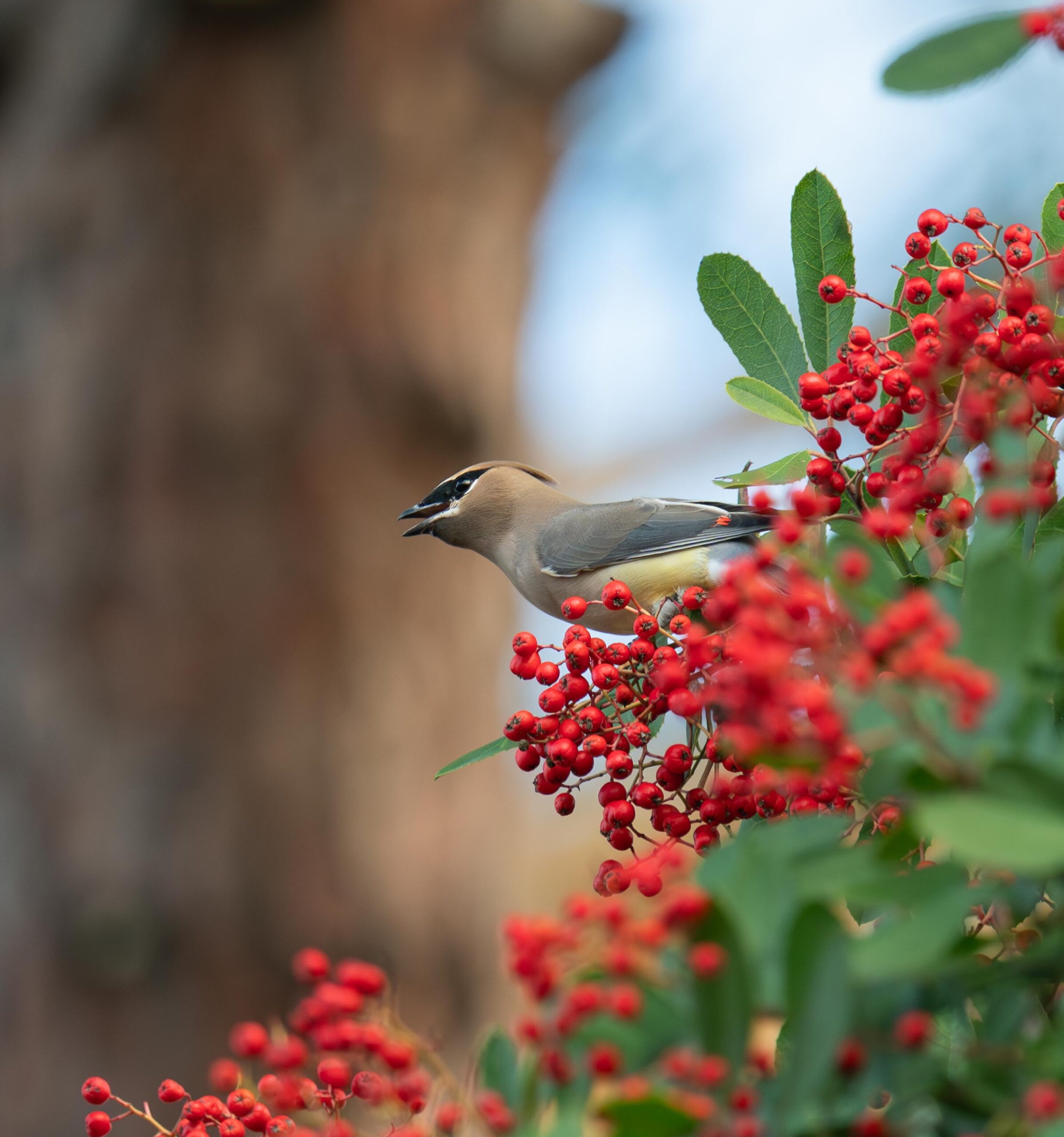
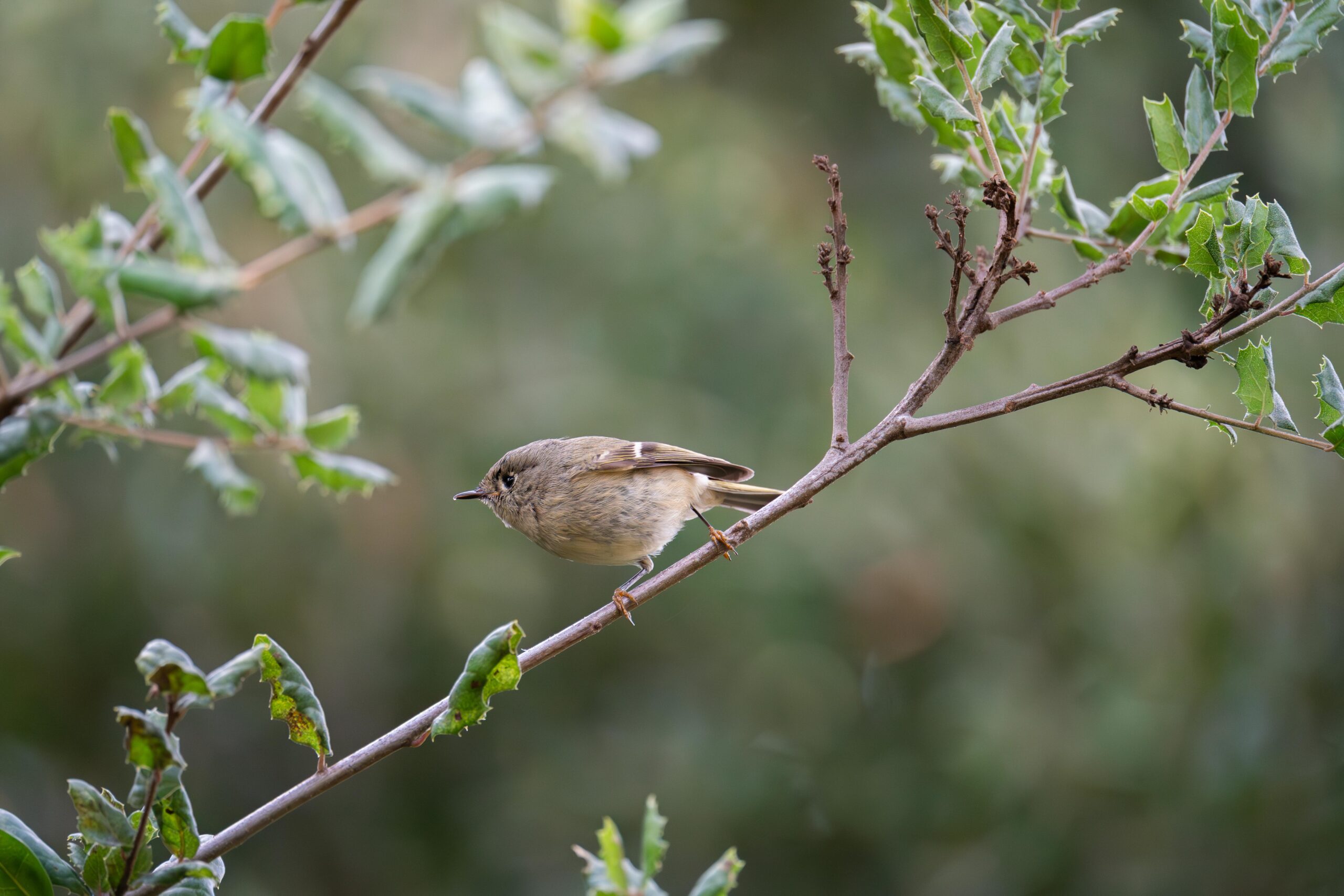
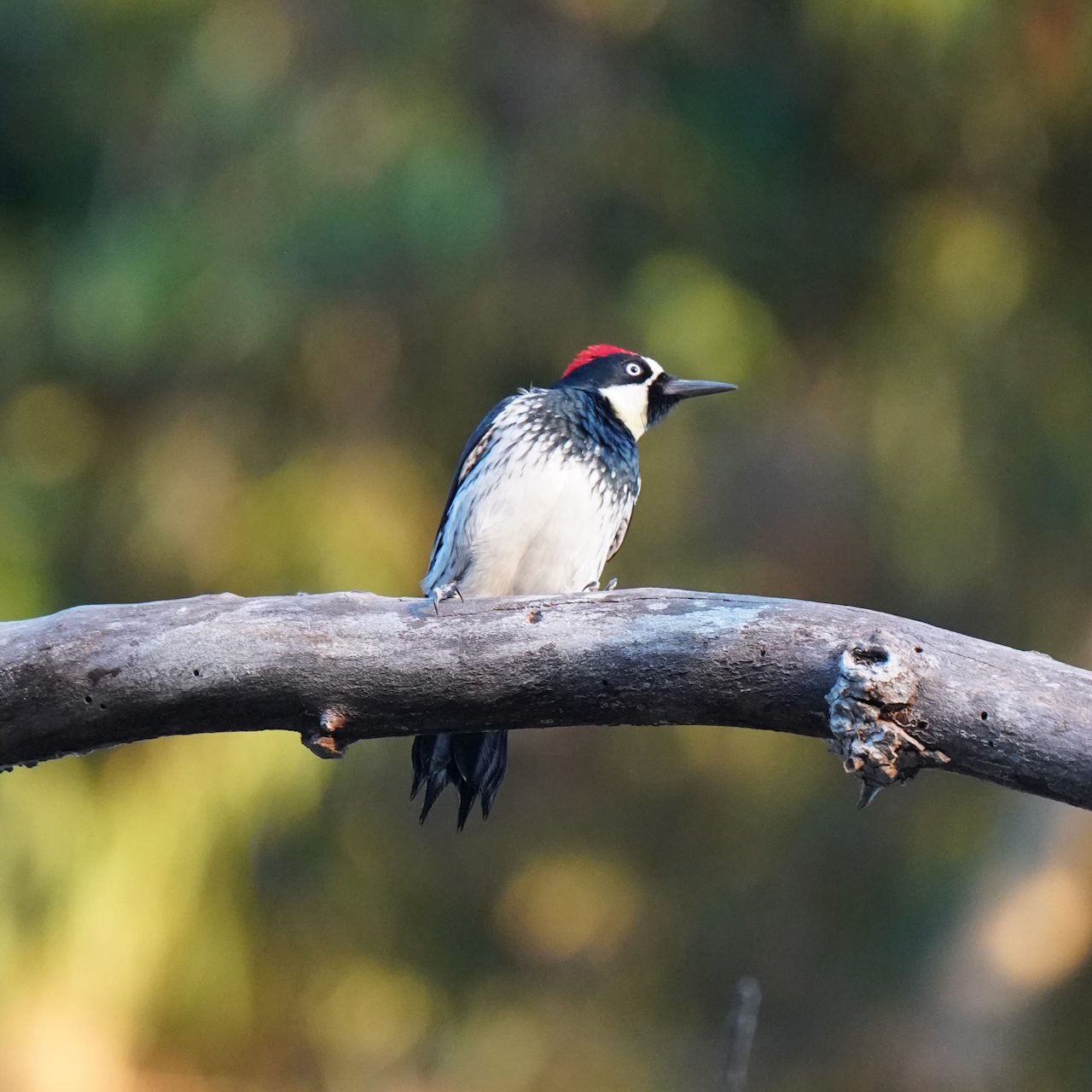
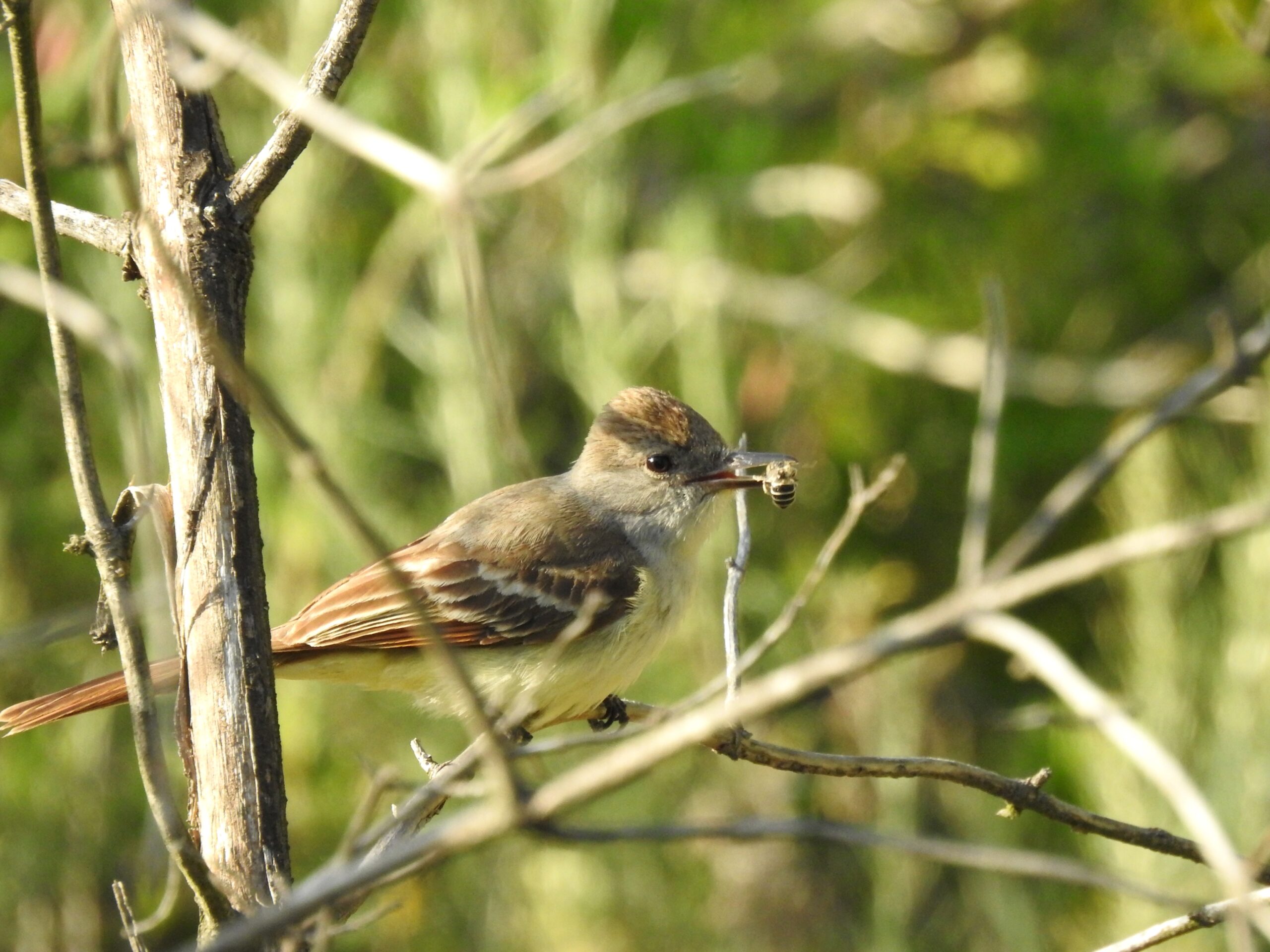
List of bird species observed at Sage Hill including notes on frequency and breeding status. Contemporary information is drawn from eBird and iNaturalist. Historical information is from the 1947 pamphlet “Birds of the Campus: University of California Los Angeles” by Loye Miller and Robert C. Stebbins.
2015 Biodiversity Action Research Team
View Biodiversity Action Research Team 2015 Report (pdf)
1997 Coastal Sage Biological Assessment
View 1997 Biological Assessment Report (pdf)
iNaturalist Observations
For an up to date list of more than 370 species that have been observed at Sage Hill check out the Sage Hill iNaturalist project!

